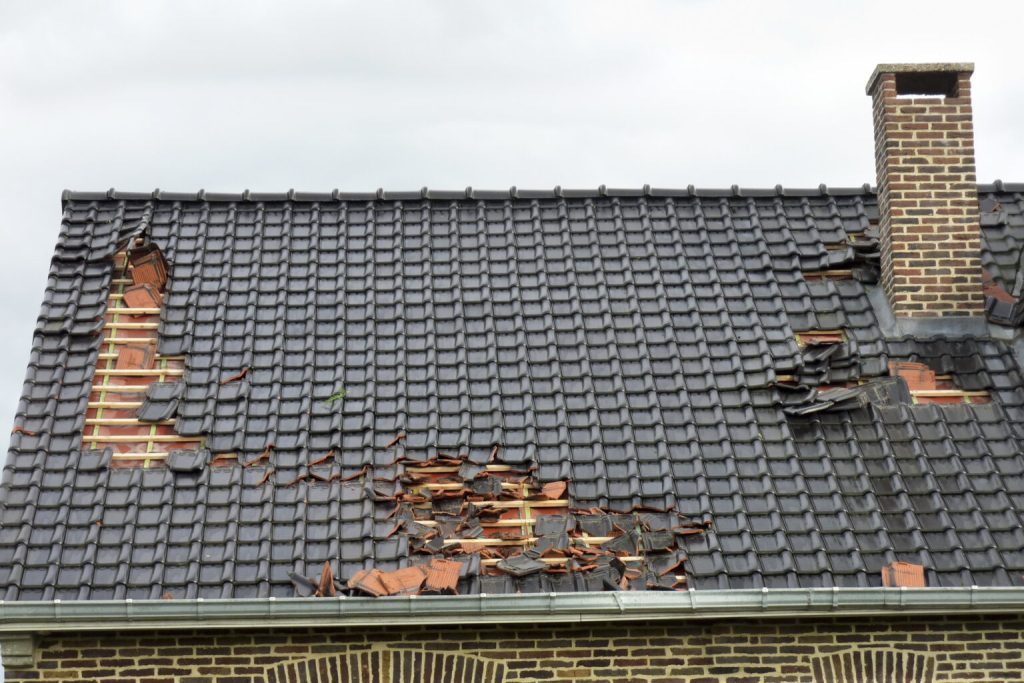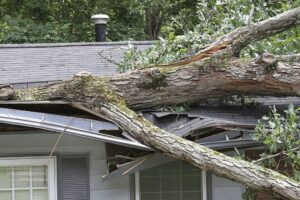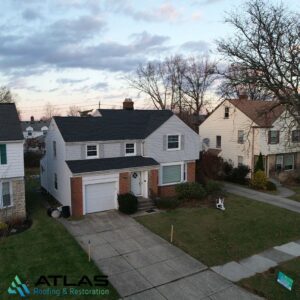Severe weather is one of the leading causes of commercial roof damage across the United States. From heavy winds and hail to torrential downpours and snow accumulation, storms can strike with little warning, leaving behind significant and costly damage to commercial properties. For business owners, property managers, or facility supervisors, knowing what to do after a storm hits your commercial roof is critical for safety, business continuity, and financial recovery.
In this article, we’ll guide you step-by-step through what to do if your commercial roof suffers storm damage — and why working with professionals like Atlas Roofing & Restoration can make all the difference.
Understanding the Risks of Storm Damage to Commercial Roofs
Commercial roofs are designed to be durable, but they’re not invincible. Severe weather can cause:
- Wind damage, such as lifted or torn roofing membranes
- Hail damage, resulting in punctures and weakened protective layers
- Heavy rain and snow, which can lead to leaks, water pooling, and structural strain
- Falling debris, such as tree branches or signage
- Flashings and sealant failure, allowing water to penetrate the building
Even if the damage isn’t immediately visible, ignoring it can lead to long-term issues such as mold, interior damage, and costly repairs down the line.
Step-by-Step Guide: What to Do After Storm Damage
1. Ensure Safety First
After any severe weather event, your first priority should be safety. Ensure that no one enters the affected building until it has been inspected for hazards. Electrical issues, structural damage, or falling debris can pose serious risks.
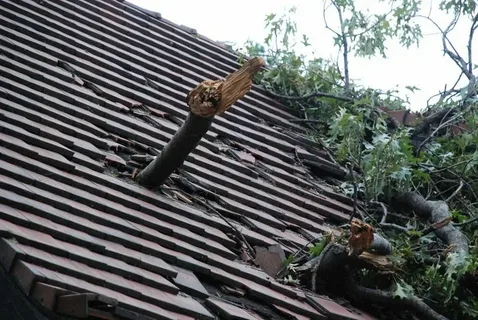
Tip: If there are visible signs of internal leaks, cordon off the area and shut down power in affected zones to prevent electrocution or fire.
2. Document the Damage
Take clear, detailed photographs and videos of all affected areas from a safe distance. Document both exterior and interior damage, including:
- Roof surfaces and edges
- Flashings and seams
- HVAC equipment or solar panels on the roof
- Water stains, puddles, or ceiling leaks inside
This documentation will be vital for insurance claims and helps your roofing contractor understand the full scope of damage.
3. Contact a Commercial Roofing Expert
Next, call a qualified commercial roofing contractor to assess the damage. Atlas Roofing & Restoration, a trusted name in storm damage recovery across Northeast Ohio, specializes in rapid response inspections and repair solutions.
Their team of experts is trained to evaluate the integrity of commercial roofing systems and provide temporary protective measures if needed — such as tarping or sealing — until full repairs can be made.
4. Notify Your Insurance Provider
Once you’ve documented the damage and contacted your roofing contractor, notify your insurance provider to initiate a claim. Your contractor can often assist by:
- Providing an inspection report
- Offering damage estimates
- Meeting with the insurance adjuster to advocate for a fair settlement
Working with a reputable company like Atlas Roofing & Restoration ensures that you have experienced professionals on your side who understand how to communicate effectively with insurers.
5. Schedule Immediate Repairs or Temporary Solutions
If the damage is extensive, your contractor will likely install temporary fixes to prevent further water infiltration or safety issues. These may include:
- Emergency tarping
- Patchwork
- Removal of hazardous debris
Once the weather clears and the insurance process is underway, permanent repairs can be scheduled. Atlas Roofing & Restoration is known for their timely, high-quality workmanship and dependable follow-through — which means less downtime for your business.
Long-Term Storm Preparedness for Commercial Roofs
Being proactive about storm damage is just as important as reacting quickly. Here’s how you can safeguard your commercial property year-round:
1. Schedule Regular Roof Inspections
At a minimum, have your commercial roof inspected twice a year — once in the spring and once in the fall — and always after a major storm. Early detection of small issues can prevent large-scale damage later.
Atlas Roofing & Restoration offers comprehensive inspection services with detailed reports, maintenance plans, and customized recommendations for your specific roof type.
2. Invest in Preventative Maintenance
Routine maintenance, such as clearing debris, checking flashings, and sealing penetrations, helps extend the life of your roof and keeps it ready for unpredictable weather. Establish a maintenance agreement with a reliable contractor like Atlas Roofing to receive priority service and discounted emergency repairs.
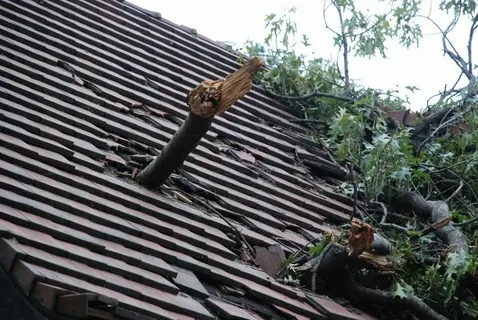
3. Upgrade When Necessary
If your commercial roof is nearing the end of its lifespan or has a history of problems, consider upgrading to a more storm-resistant system. Atlas Roofing & Restoration can recommend durable materials such as TPO, EPDM, or metal roofing that perform well in Ohio’s changing climate.
Why Choose Atlas Roofing & Restoration?
When your commercial roof is damaged, time is of the essence — and the quality of your contractor matters. Here’s why Atlas Roofing & Restoration stands out as a top choice for storm damage repair:
- Rapid Emergency Response: Their team is on-call and ready to act fast, minimizing further damage and disruption.
- Expertise in Commercial Roofing: With deep knowledge of all major commercial systems, they know how to assess and fix storm-related issues thoroughly.
- Assistance with Insurance Claims: Atlas Roofing works directly with your insurer to streamline the claims process and ensure fair coverage.
- Long-Term Support: From inspections to full roof replacements, they provide ongoing services to keep your commercial property protected.
- Local Experience: Based in Northeast Ohio, they understand the specific challenges posed by the region’s weather patterns and building codes.
Common Mistakes to Avoid After Storm Damage
While it’s natural to feel overwhelmed after a storm, it’s important to avoid these common mistakes:
- Delaying inspection or repairs — small leaks can become big problems fast
- Attempting DIY fixes — this can be dangerous and void your warranty
- Hiring unlicensed or out-of-town contractors — always verify credentials and local experience
- Neglecting insurance documentation — inadequate records can slow or reduce claim payouts
With a professional partner like Atlas Roofing & Restoration, you can avoid these pitfalls and get your business back on track quickly and safely.
Final Thoughts
Storm damage to your commercial roof doesn’t have to mean financial disaster. With a prompt and strategic response, you can protect your property, your people, and your bottom line. Remember to prioritize safety, document everything, and partner with an experienced roofing contractor who knows the ins and outs of commercial storm restoration.
Atlas Roofing & Restoration is here to help commercial property owners across Northeast Ohio weather any storm. From emergency response to long-term roofing solutions, trust their team to deliver reliable service when it matters most.

